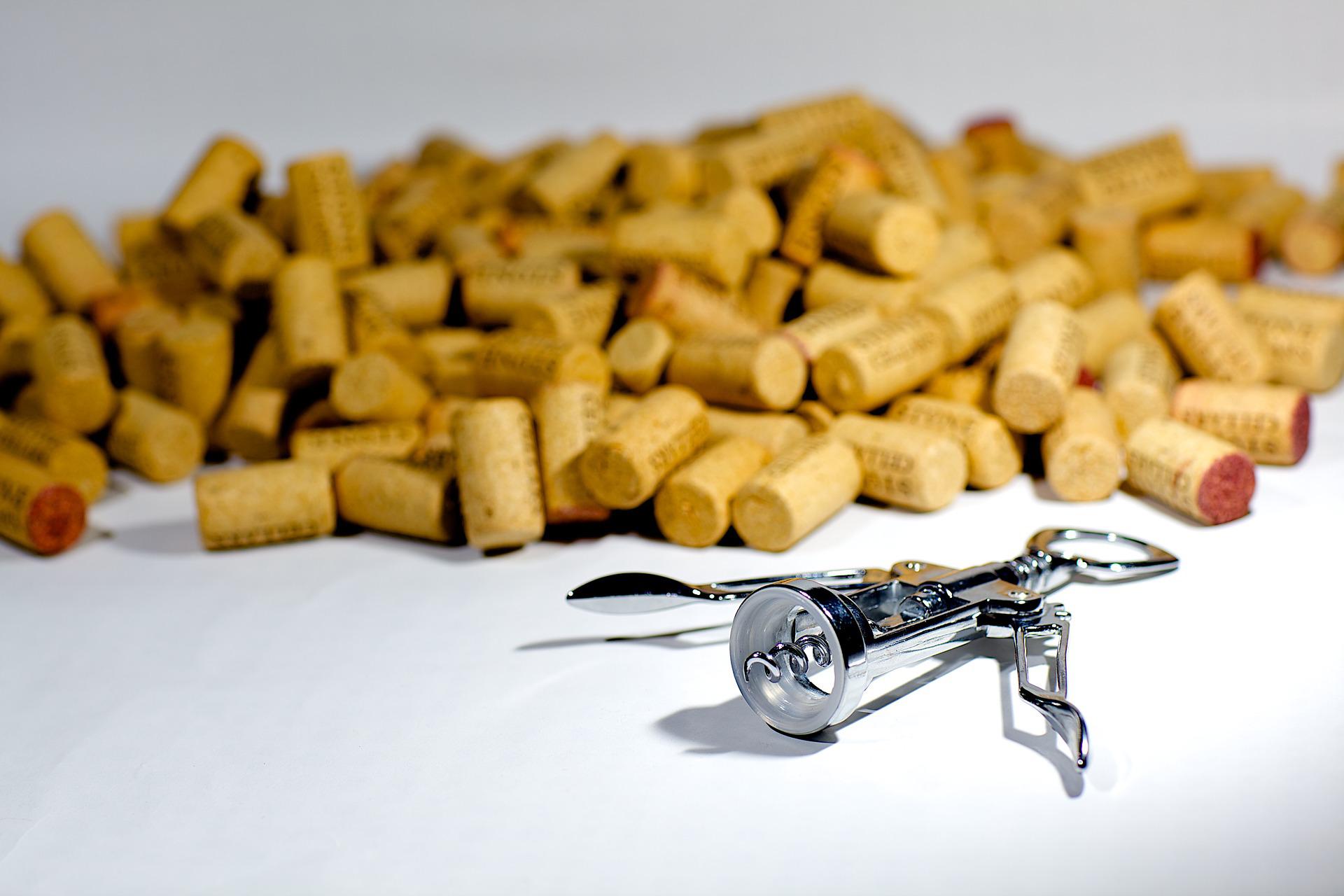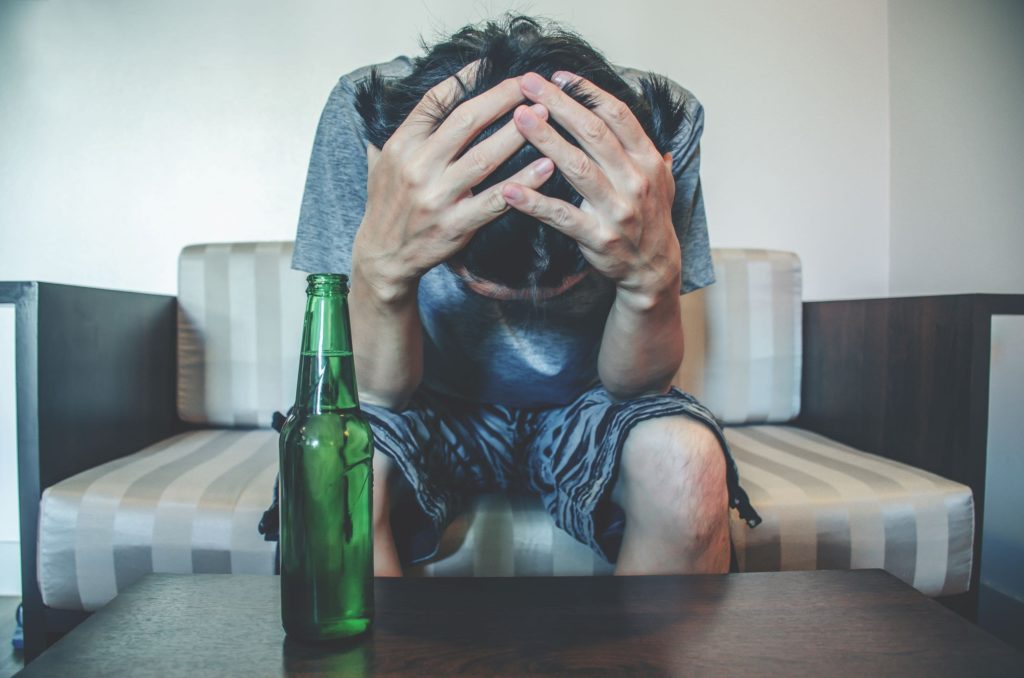
Defining Binge Drinking
Today we’re talking about the consequences of binge drinking, so to begin, let’s get a working definition. The National Institute on Alcohol Abuse and Alcoholism (NIAAA) defines binge drinking as a pattern of alcohol consumption that brings the blood alcohol concentration (BAC) to .08% or higher.
Generally speaking, that’s about four 80z drinks for women and five for men (size, physical makeup, and age play into this as well). The question is, why do people drink in general, and how can that lead to binge drinking and addiction?
Most folks understand that drinking large amounts of alcohol daily is a problem, but what about the occasional party splurge? Unfortunately, that’s not safe either. First, there are the physical consequences associated with ingesting a toxic substance. Additionally, recent research suggests that binging may be related to deeper problems with alcohol and may predict future problems too. (Holohan, Holohan, & Moos, 2022).
The Prevalence of Alcohol
High school and college parties, promotion celebrations, weddings, holiday and birthday parties, and various other festivities include alcoholic beverages and often an unwritten invitation to overindulge. For some generally “in control” folks, these get-togethers are opportunities to let it all hang out. Often, that means drinking more alcohol than they might at, say, a family dinner or an office luncheon.
You might be asking two questions. The first might be, “everybody overindulges like that now and then, right?” The second is probably, “so, what’s the harm in that?” Here’s the answer to both questions in one sentence: No, not everybody overindulges in alcohol like that, and there could be a lot of harm.
While it might be tempting to think that everybody overindulges in alcohol now and then, the truth is they don’t. Some people never pick up a drink at all (approximately 14.4% of people over the age of 18 in the United States as of 2019)*, others drink very little and rarely.
Others are moderate drinkers, consuming an average of 1 or 2 drinks per day. Only 25.8% of adults over the age of 18 reports binging on alcohol (according to the 2019 National Survey on Drug Use and Health). Research suggests that while not all people who drink moderately also binge, they are more likely to do so than others, even regular heavy drinkers (Holohan, Holohan, & Moos, 2022).
Now that the “everybody does it” myth has been dislodged, let’s jump to the question of harm. There are at least 2 ways of looking at “harm” here. There are the physical consequences of ingesting too much alcohol, and there is an increased risk of alcohol-related problems over time.
The Effects of Alcohol On The Brain and Body

Alcohol is a toxic substance that changes the chemistry of the brain and greatly affects a person’s body when consumed in large quantities over time. However, some levels of drinking, depending on a person’s age, gender, and physical makeup, have been judged as relatively safe.
Generally speaking, that’s an average of one 8oz beverage for women per day and two 8oz beverages for men per day. Binge drinking is considered drinking more than 4 (women) or more than 5 (men) 8oz drinks in a sitting. You can read a detailed account of alcohol’s impact on the body in this blog but we’ll summarize it here.
First of all, alcohol, ETOH is not digested when you consume it. It goes straight to the bloodstream. From there, it impacts virtually every tissue in the body. It can cause:
- Vision problems
- Respiratory issues
- Increased blood pressure
- Gastrointestinal issues
- Dehydration, and decreased muscle coordination
Increasing blood alcohol concentration (BAC) means increasing danger:
- .2 – .249 – inability to walk without assistance, mental confusion, dysphoria (uneasiness or dissatisfaction with life), nausea and vomiting, and blackouts
- .25 – .399 – alcohol poisoning and unconsciousness (.35 is the level of surgical anesthesia)
- .4 and higher – coma and possible death due to respiratory failure
The physical consequences aren’t the only problems associated with binge drinking. Holohan and colleagues discovered that people who reported binge drinking were also more likely to report other alcohol-related problems, and binge drinking predicted more alcohol-related problems in the future (the researchers reengaged with the original subjects 9 years after the first survey). These problems include:
- Cravings for alcohol
- Emotional and psychological issues related to alcohol
- Intoxication while engaging in activities that could result in injury
- Increased tolerance
- Inability to control the amount of alcohol consumed
- Spending a great deal of time using alcohol
- Drinking alcohol at work, school, or during childcare
When this writer, a proud Gen Xer, was an adolescent, parents hosted parties in basements and living rooms. Keys were taken at the door, and the general assumption was that the kids were being kept safe. Back then, the physical dangers of a binge were never discussed outside the admonishment to never get behind the wheel of a car.
The connections between binge drinking and developing alcohol-related problems in the future weren’t even on the radar. If only we’d known then what we’re just learning now. Binge drinking is dangerous. A one-time binge can be deadly, and a pattern of it can be a predictor of deeper, longer-lasting problems with alcohol. Binge drinking has never been benign.
LUNA Recovery Services Can Help You Recover From Alcoholism
Binge drinking is very dangerous, and can cause a variety of short-term and long-term health complications. If you or a loved one is struggling with binge drinking or an addiction to alcohol, professional treatment at a rehab facility is recommended.
At LUNA Recovery Services in Texas, we provide treatment programs and resources to help break the cycle of addiction. Contact us today to get started on the journey to recovery.
Holohan, C. J., Holohan, C. K., & Moos, R. H., (2022). Binge drinking and alcohol problems among moderate, average level drinkers. American Journal of Preventive Medicine (online). Retrieved from https://www.ajpmonline.org/article/S0749-3797(22)00178-7/fulltext on June 30, 2022.
National Institute of Alcohol and Abuse and Alcoholism, (n.d.). Understanding binge drinking. Retrieved from https://www.niaaa.nih.gov/publications/brochures-and-fact-sheets/binge-drinking on June 30, 2022.
National Institute of Alcohol Abuse and Alcoholism, (n.d.). Alcohol facts and statistics. Retrieved from https://www.niaaa.nih.gov/publications/brochures-and-fact-sheets/alcohol-facts-and-statistics on June 30, 2022.
*Estimate taken by subtracting 85.6 (the number of adults reporting alcohol use) from 100.
Dr. Allaire received his Bachelors of Science in Biology from the University of Houston, as Valedictorian of the College of Natural Sciences and Mathematics, and his Medical Doctorate from Baylor College of Medicine, where he served as Chief Resident. He is the medical monitor for the Physician Counseling Committee of the Harris County Medical Society and the Medical Director of Serenity House Detox. Dr. Allaire specializes in medically assisted detox cases, treating patients in recovery from addiction or other mental health disorders, the medical assessment and monitoring of patients with addictive disorders, medical care related to eating disorders and the medical treatment of patients with mental health conditions.



